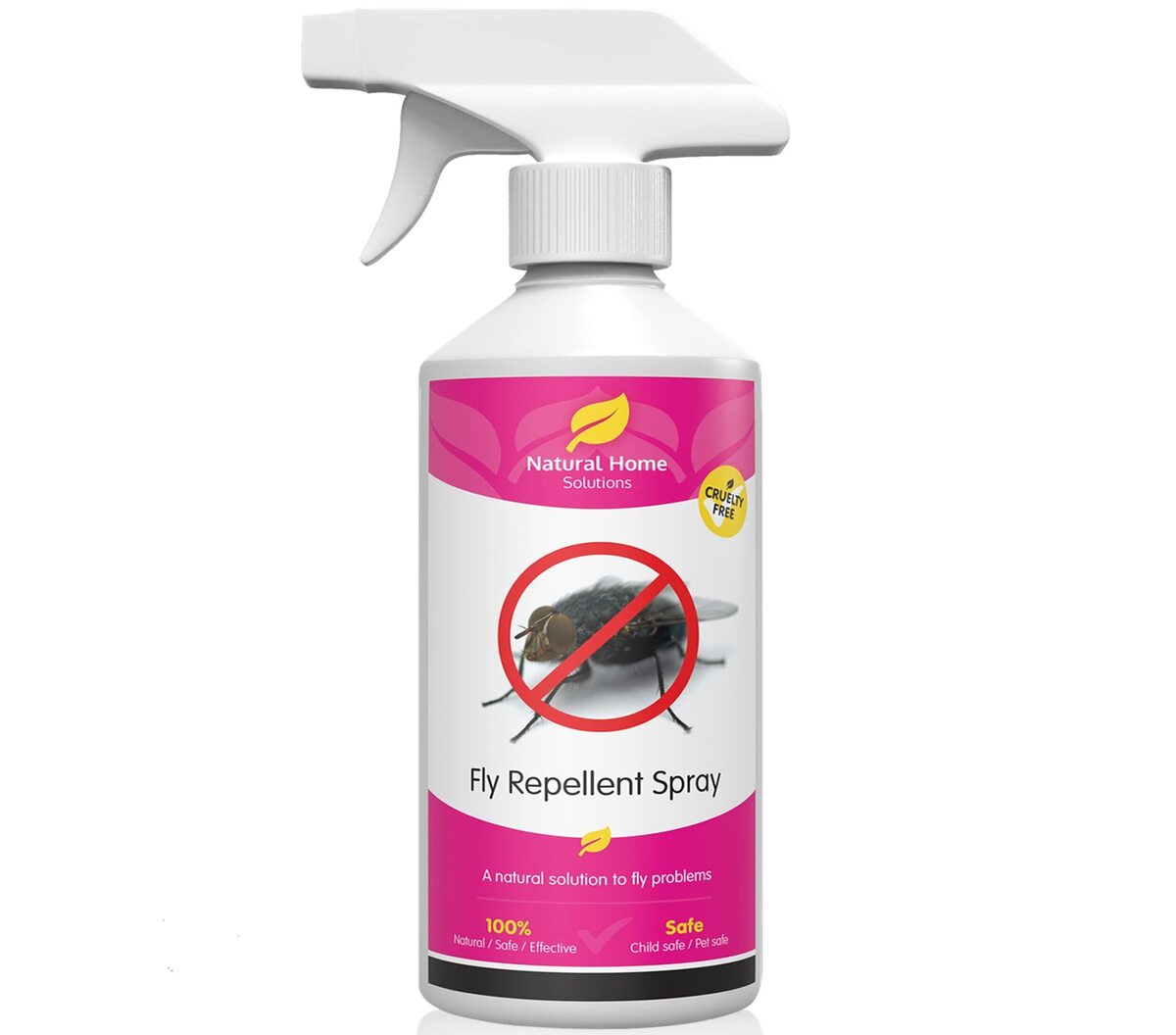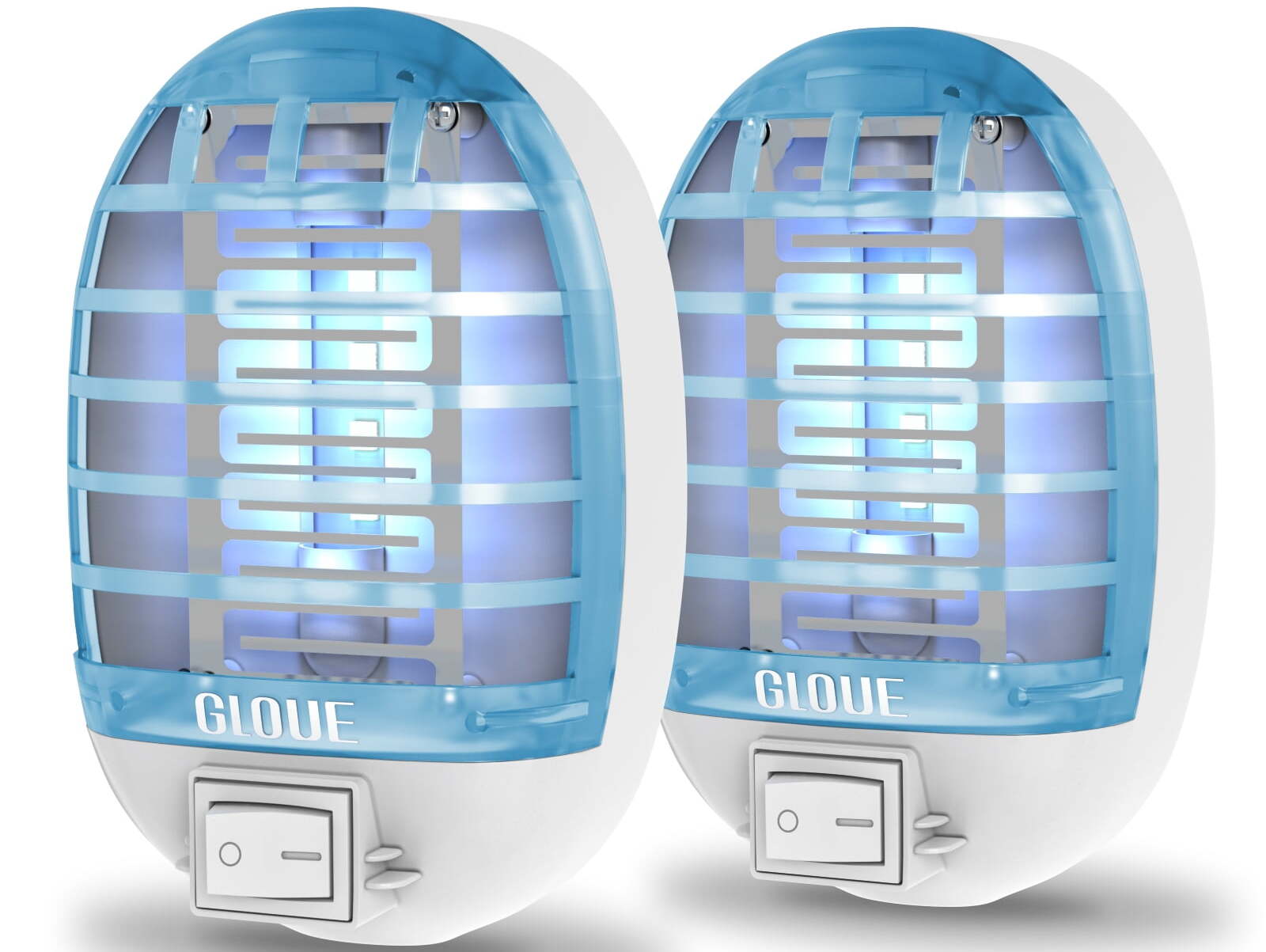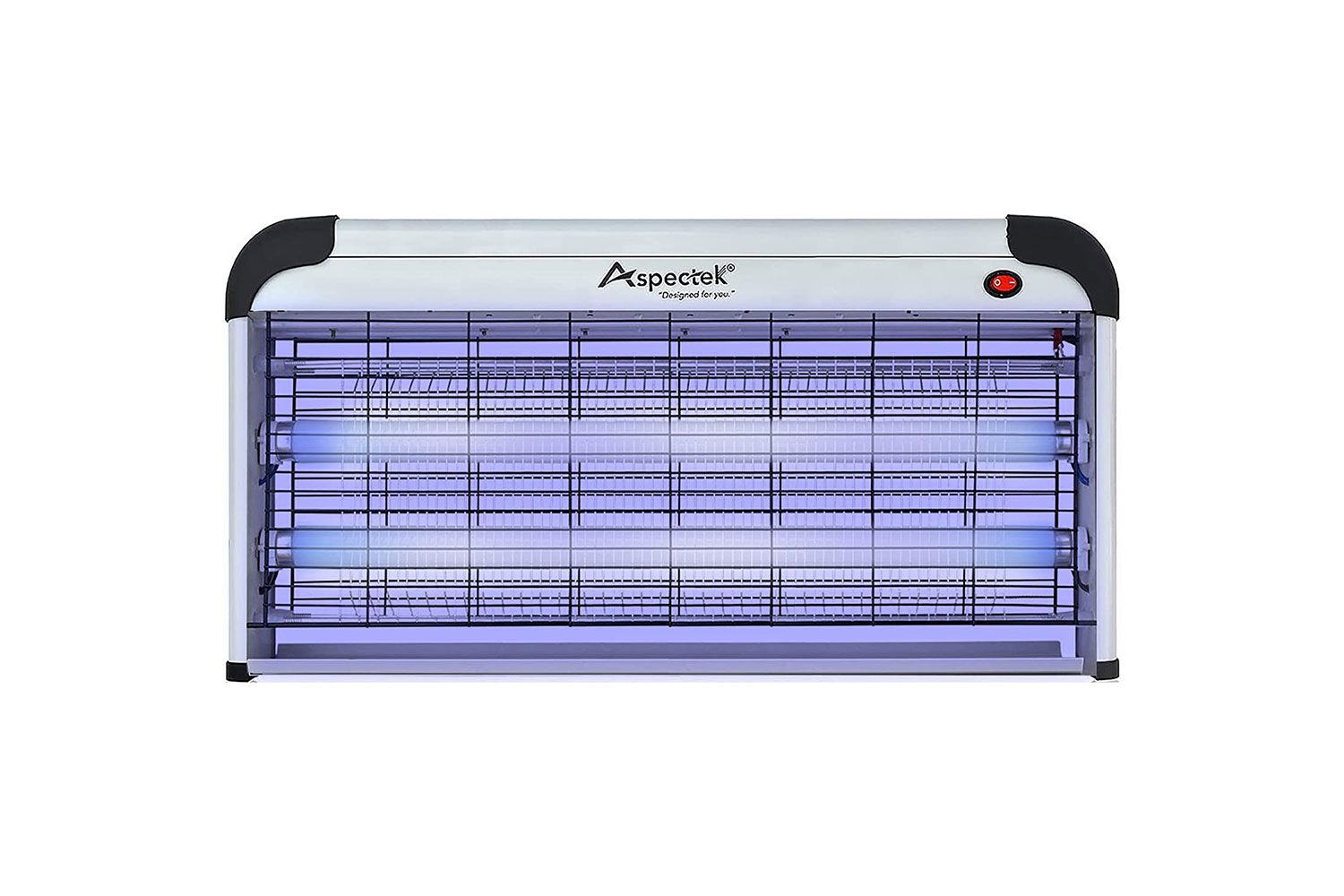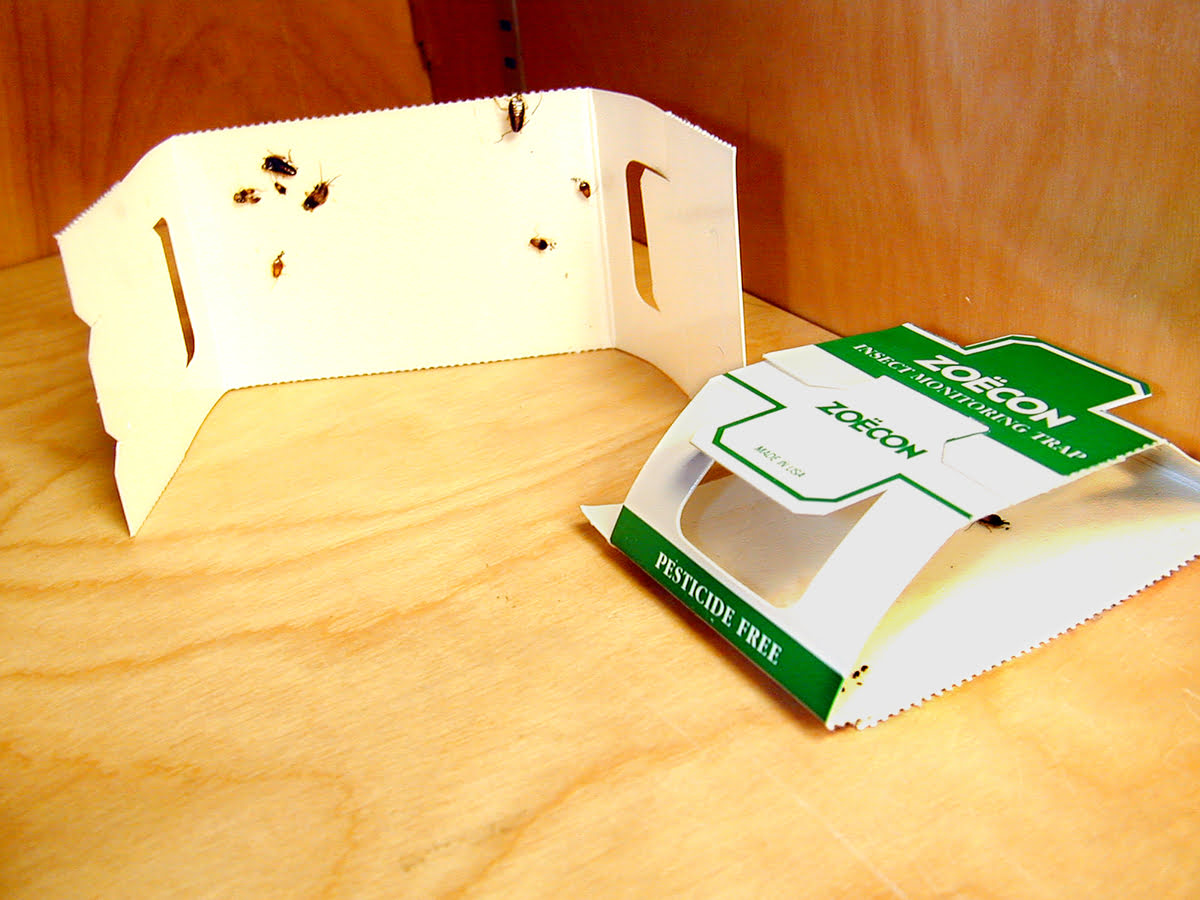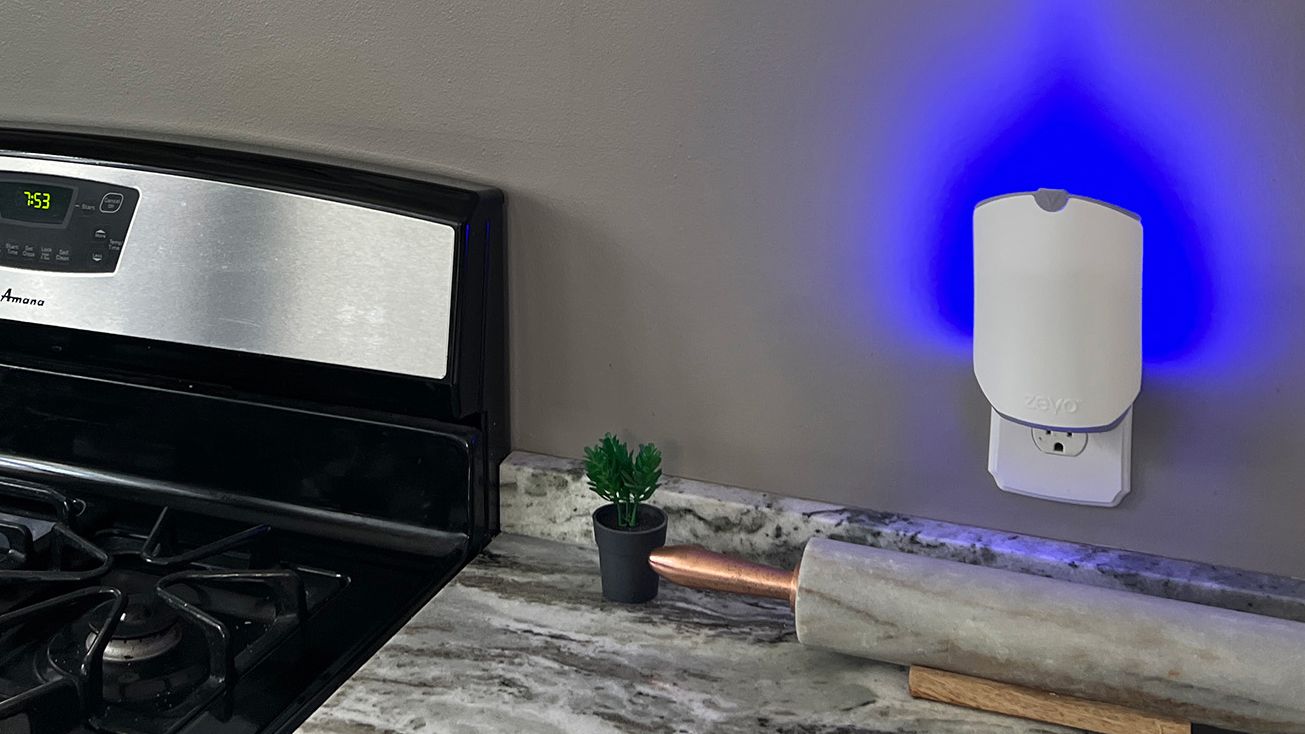Home>Gardening News and Trends>Latest News>Indoor Insects How To Identify


Latest News
Indoor Insects How To Identify
Modified: January 22, 2024
Get the latest news on identifying indoor insects. Discover helpful tips and techniques to keep your home bug-free and comfortable.
(Many of the links in this article redirect to a specific reviewed product. Your purchase of these products through affiliate links helps to generate commission for Chicagolandgardening.com, at no extra cost. Learn more)
Table of Contents
Introduction
Welcome to the world of indoor insects, where tiny creatures can become unwelcome guests in our homes and offices. These pests can be a nuisance, causing not only frustration but also potential health risks. Understanding how to identify indoor insects is the first step in effectively dealing with infestations and implementing appropriate control measures.
Indoor insects can vary in appearance, behavior, and habitat, making it essential to understand their characteristics and know how to distinguish one species from another. By recognizing the specific traits of these insects, you can take proactive steps to prevent infestations and protect your living or working environment.
Whether you are dealing with crawling insects like ants and cockroaches, flying insects like mosquitoes and flies, or occasional invaders like silverfish and centipedes, knowing how to identify them is crucial. Each insect has unique physical features, behavioral traits, and preferred habitats, and by understanding these factors, you can better manage and control any potential infestations.
In this article, we will explore the various indoor insects commonly encountered, discuss their physical characteristics and behavioral traits, and provide guidance on how to identify them effectively. Additionally, we will highlight the signs of an infestation and offer practical prevention techniques and control measures to keep your indoor spaces insect-free.
So let’s dive in and learn how to identify these pesky intruders in our homes and workplaces!
Common Indoor Insects
Indoor spaces can attract a variety of insects due to the presence of food, water, and shelter. Let’s explore some of the most common indoor insects:
- 1. Ants: Ants are social insects known for their strong sense of smell and ability to forage for food. They form colonies and can invade homes in search of sweet or greasy substances.
- 2. Cockroaches: Cockroaches are nocturnal insects that thrive in warm and humid environments. They are known for their ability to spread diseases and can quickly infest homes, especially in areas with poor sanitation.
- 3. Flies: Flies are flying insects that can be a major annoyance in indoor spaces. They are attracted to decaying organic matter and can spread diseases by contaminating food and surfaces.
- 4. Mosquitoes: Mosquitoes are biting insects that breed in stagnant water. They can transmit diseases such as dengue fever and malaria. Female mosquitoes feed on blood to support their reproductive cycle, making them a common nuisance in indoor environments.
- 5. Silverfish: Silverfish are small, wingless insects that prefer dark and damp areas. They feed on starchy substances like paper, glue, and fabric, causing damage to books, clothing, and other items.
- 6. Bedbugs: Bedbugs are parasitic insects that feed on the blood of humans and animals. They are usually found in bedding, mattresses, and furniture and can cause itchy bites and allergic reactions.
- 7. Spiders: Spiders are arachnids that can sometimes find their way indoors. While most spiders are harmless and can even help control other insect populations, some species like the black widow or brown recluse can pose a threat to humans.
These are just a few examples of the many indoor insects that can invade our living or working spaces. Identifying the specific type of insect is crucial in implementing effective control measures and preventing infestations.
How to Identify Indoor Insects
Identifying indoor insects can be a challenging task, especially if you’re not familiar with entomology. However, by paying attention to certain physical characteristics, behavioral traits, and using identification resources, you can successfully identify the indoor insects you encounter. Here are some steps to help you in the process:
1. Observe the physical characteristics: Take a close look at the insect’s body shape, size, color, and any distinguishing features such as patterns, markings, or unique appendages. Note the number of legs, wings, and antennae, as these can help narrow down the insect’s classification.
2. Use identification guides and resources: There are numerous resources available online and in print that provide detailed information and photos of indoor insects. Field guides, websites, and smartphone apps dedicated to insect identification can be invaluable tools in the identification process. Compare the characteristics of the insect you are observing with the images and descriptions in these resources.
3. Seek professional assistance: If you are unsure about the identification or suspect a more challenging infestation, it may be beneficial to consult with a pest control professional or entomologist. These experts have knowledge and experience in identifying various indoor insects and can provide accurate information and guidance.
4. Consider the insect’s behavior: The behavior and habits of an insect can provide valuable clues for identification. Observe whether the insect flies, crawls, jumps, or burrows. Note its activity patterns, preferred habitats, and food sources. These observations can help narrow down the possibilities and lead to a more accurate identification.
5. Document the sighting: If possible, take clear photographs or make sketches of the insect to aid in its identification. Capture any distinguishing features, colors, or patterns. Additionally, note the location, date, and time of the sighting, as this information can be useful in the identification process.
Remember, correctly identifying indoor insects is essential for effective pest management. It allows you to implement appropriate control measures, prevent infestations, and protect your home or workplace from potential harm.
Physical Characteristics
The physical characteristics of indoor insects can vary greatly, and understanding these features is crucial in accurately identifying them. Here are some key physical characteristics to look for:
1. Body Structure: Examine the insect’s body structure. Is it elongated and slender, or is it compact and oval-shaped? Does it have distinct body segments? These observations can provide clues about the insect’s classification.
2. Size and Color: Take note of the insect’s size and coloration. Some indoor insects are tiny and barely visible to the naked eye, while others can be larger and more conspicuous. Color can range from translucent or pale to dark brown, black, or even vibrant hues.
3. Wings: Determine if the insect has wings and how they are positioned. Are they transparent, patterned, or colored? Some indoor insects may have wings that cover the entire body, while others may have reduced or absent wings.
4. Legs and Antennae: Count the number of legs and note their length and structure. Are they slender or robust? Insects with six legs are more common, but some may have additional appendages. Additionally, observe the presence and characteristics of the antennae, as they can vary in shape and length.
5. Markings and Appendages: Look for any unique markings, patterns, or appendages on the insect’s body. These may include stripes, spots, ridges, hairs, or specialized appendages like pincers or stingers.
6. Crawl or Flight: Determine if the insect crawls, walks, jumps, or flies. This can help distinguish between insects that are primarily ground-dwelling and those that have the ability to fly.
7. Lifecycle Stages: Some insects go through distinct lifecycle stages, such as egg, larva, pupa, and adult. Identifying the different stages can provide additional clues for identification, as the appearance may vary significantly between stages.
Remember, paying attention to the physical characteristics of indoor insects is essential in accurately identifying them. By taking note of their body structure, size, color, wings, legs, antennae, markings, and behavioral traits, you can enhance your ability to differentiate between different species and effectively manage any potential infestations.
Behavioral Traits
The behavioral traits of indoor insects play a vital role in their identification. By observing their behavior, you can gather valuable information that helps distinguish one species from another. Here are some common behavioral traits to consider when identifying indoor insects:
1. Nocturnal or Diurnal: Determine if the insect is active during the day (diurnal) or primarily active at night (nocturnal). This behavior can give insights into the insect’s preferred habitat and feeding patterns.
2. Nesting and Colonizing: Some indoor insects, like ants and termites, form colonies and build nests. They can be observed entering and leaving specific locations, often carrying food or constructing elaborate structures.
3. Foraging and Feeding: Pay attention to how the insect searches for food and its feeding preferences. Some insects may forage for food individually, while others may gather in groups. Understanding their feeding habits can help target control measures effectively.
4. Flight Patterns: Observe how insects with wings fly. Do they fly in a straight line or erratically? Some insects may be attracted to light sources, while others are drawn to specific scents or food sources.
5. Reproduction and Breeding: Understanding the reproductive behavior of indoor insects is crucial for effective control. Some species may lay eggs in specific locations, while others may reproduce through mating and live births. Recognizing reproductive habits can aid in identifying potential breeding sites.
6. Nuisance Factors: Take note of the insect’s nuisance factors. Some indoor insects, like cockroaches and bedbugs, can cause physical discomfort, allergic reactions, or spread diseases. Others may damage property, contaminate food, or produce foul odors.
7. Reaction to Environment: Pay attention to how indoor insects react to changes in their environment. Some may be more sensitive to temperature, humidity, or light conditions, while others are adaptable and can thrive in various settings.
By observing and documenting these behavioral traits, you can enhance your ability to identify indoor insects accurately. This knowledge is essential for implementing targeted control measures and maintaining a pest-free indoor environment.
Habitat and Infestation Signs
Understanding the habitat preferences and infestation signs of indoor insects is crucial in identifying and addressing potential pest problems. By recognizing the areas where these insects thrive and the signs of their presence, you can take proactive measures to prevent infestations. Here are some key points to consider:
1. Moisture-Prone Areas: Many indoor insects are attracted to moist environments. They may seek out areas with water sources such as leaky pipes, damp basements, or standing water. Pay attention to these areas as potential habitats for insects like silverfish, mosquitoes, and cockroaches.
2. Food Sources: Indoor insects are often drawn to accessible food sources. Kitchens, pantries, and dining areas are common hotspots for infestations. Keep an eye out for signs like chewed packaging, crumbs, or food debris, which can indicate the presence of pests like ants, flies, and pantry pests.
3. Cracks and Crevices: Insects with small bodies can exploit tiny cracks and crevices in walls, floors, and furniture. Check for any openings or gaps where insects might enter and establish their nests. Common culprits include ants, cockroaches, and spiders.
4. Cluttered Areas: Cluttered spaces provide hiding places and shelter for insects. Pay attention to areas with piles of papers, boxes, or unused items, as they can attract pests like silverfish and bedbugs.
5. Dark and Undisturbed Areas: Some insects prefer dark and undisturbed areas. Check behind furniture, in closet corners, or under appliances for signs of these pests. Spiders, silverfish, and cockroaches are known to thrive in such environments.
6. Pest Trails and Droppings: Look for trails of ants or other crawling insects, as they leave behind pheromone trails. Additionally, examine surfaces for droppings, frass, or pest excrement, which can indicate infestations.
7. Damage to Property: Some indoor insects can cause visible damage to property. For instance, silverfish can chew on paper, books, or fabric. Additionally, bedbugs can leave behind bloodstains or dark spots on bedding and furniture.
By understanding the preferred habitats and recognizing the signs of infestations, you can take proactive steps to prevent and address indoor insect problems. Regular inspections, proper sanitation practices, and prompt treatment can help maintain a healthy and pest-free indoor environment.
Prevention and Control Measures
Preventing and controlling indoor insect infestations is crucial for maintaining a clean and comfortable living or working environment. By implementing effective prevention and control measures, you can reduce the risk of infestations and minimize the impact of indoor insects. Here are some key strategies to consider:
1. Sanitation: Keep your indoor spaces clean and free of food debris. Regularly clean kitchen surfaces, remove trash promptly, and store food in airtight containers. Good sanitation practices can help eliminate potential food sources that attract insects.
2. Eliminate Entry Points: Seal cracks, gaps, and openings in walls, floors, and windows to prevent insects from entering. Use weatherstripping and door sweeps to seal gaps around doors and windows. Repair any leaks or moisture issues to eliminate attractive conditions for pests.
3. Remove Clutter: Declutter your living or working spaces to eliminate potential hiding places for insects. Properly organize and store items in sealed containers to reduce hiding spots and make it easier to detect and address infestations.
4. Regular Inspection: Conduct routine inspections of your property to identify any signs of infestations. Check for pest trails, droppings, or damage to property. Early detection can help prevent infestations from spreading and becoming more challenging to control.
5. Proper Waste Management: Dispose of waste properly by using sealed garbage bins and regularly emptying them. Keep outdoor trash areas clean and away from your property to avoid attracting pests closer to your indoor spaces.
6. Natural Repellents and Traps: Consider using natural pest repellents or traps to control indoor insects. For example, placing citronella candles can deter mosquitoes, and sticky traps can help catch crawling insects.
7. Professional Pest Control: In severe infestations or persistent pest problems, consider seeking professional pest control services. Pest control experts have the knowledge, experience, and tools to address infestations effectively and provide long-lasting solutions.
Remember, prevention is key in managing indoor insects. By practicing good sanitation, sealing entry points, removing clutter, conducting regular inspections, and implementing appropriate control measures, you can create an inhospitable environment for indoor insects and maintain a clean and pest-free indoor space.
Conclusion
Understanding how to identify indoor insects is essential for effectively managing and controlling infestations in our homes and workplaces. By familiarizing ourselves with the physical characteristics and behavioral traits of these pests, we can take proactive steps to prevent infestations and implement appropriate control measures when necessary.
Through careful observation of an insect’s appearance, behavior, and preferred habitats, we can gather valuable information to accurately identify the species. This knowledge enables us to take targeted action, whether it’s implementing sanitation practices, sealing entry points, or seeking professional pest control services.
By recognizing the signs of infestations, such as pest trails, droppings, or damage to property, we can address the problem early on and prevent it from spreading. Regular inspections and proper waste management also play a significant role in keeping indoor spaces clean and unattractive to pests.
Implementing preventive measures, such as good sanitation practices, decluttering, and using natural repellents or traps, can significantly reduce the risk of indoor insect problems. However, in severe infestations or persistent issues, it’s advisable to seek help from pest control experts who have the knowledge and experience to effectively eliminate pests.
By implementing these proactive measures and staying informed about common indoor insects and their behaviors, we can create a healthier and more comfortable environment for ourselves and those around us. Maintaining a pest-free indoor space not only ensures our physical well-being but also offers peace of mind and a sense of cleanliness and tranquility in our homes and workplaces.
Remember, when it comes to indoor insects, prevention is key. Take the necessary steps to identify, address, and control these pests to create a space that is free from unwanted intruders and potential health risks.
